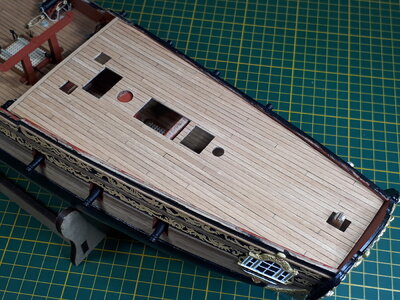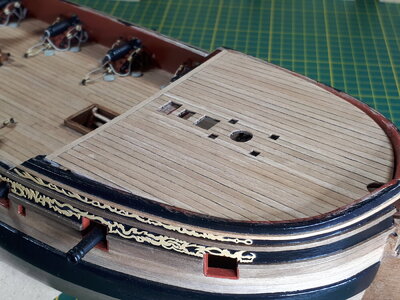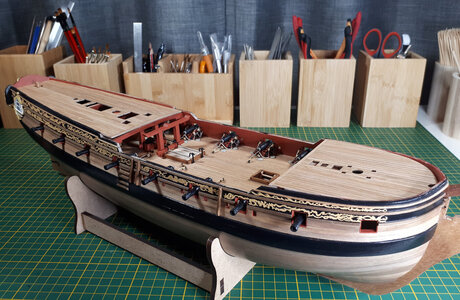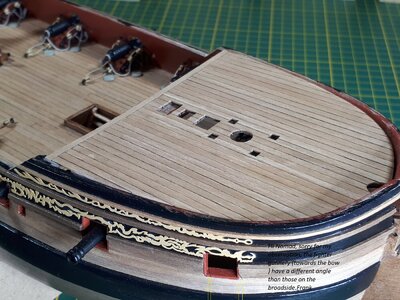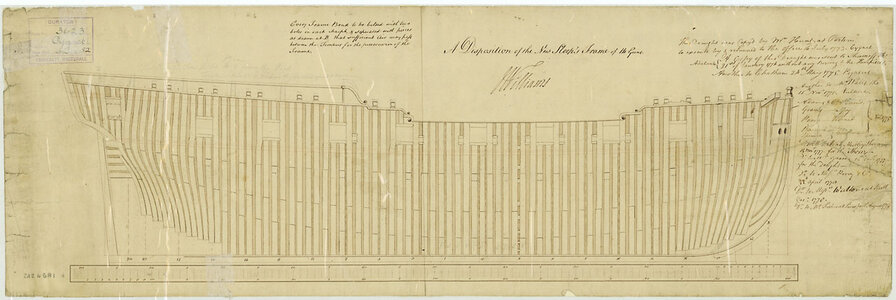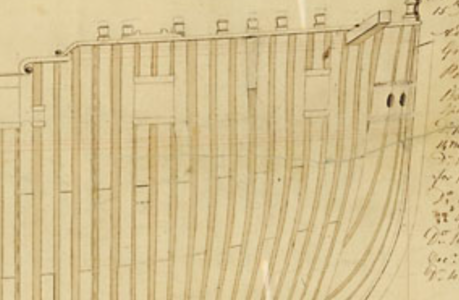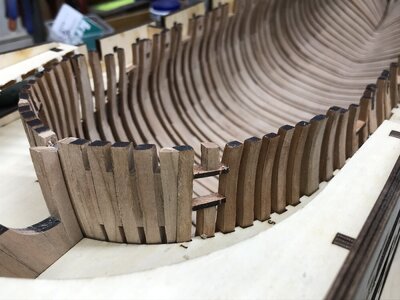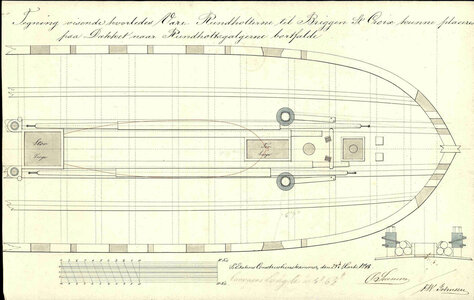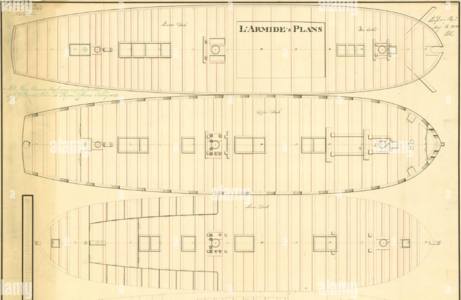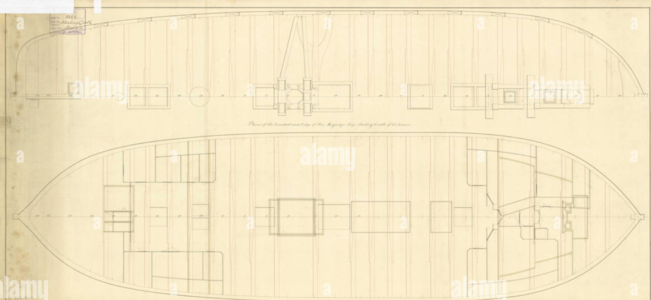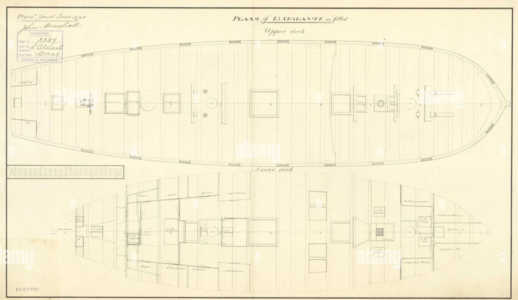All the deck items that will become less accessible after the upper decks are fixed in place are receiving full attention now. Starting with the forward main mast bitts, gallows and pump assembly.
View attachment 381863
The parts are painted in the black and red ochre colour scheme that now dominates my little
HMS Fly.
View attachment 381864
The kit recommends 1mm brass wire for the pump handles, but try as I did the metal wire was a too pliable to form a straight rod and prone to bending. Instead I was able to lay my hands on a set of firm brass metal rods from a hobby shop and would highly recommend them for this sort of exercise.
View attachment 381865
The two pump handles need to be symmetrical and it took more than a few goes with the metal rods to get it right.
View attachment 381866
The pump handles were painted black and then wrapped with natural hemp for better handling in wet weather
 View attachment 381867
View attachment 381867
With the main mast bitts and gallows, the water pump stanchions, brackets, handles and cisterns in place, the pump assembly is now complete.
View attachment 381868
Thanks for checking in


 ). You are owning this HMS Fly Mark. Cheers Grant
). You are owning this HMS Fly Mark. Cheers Grant



